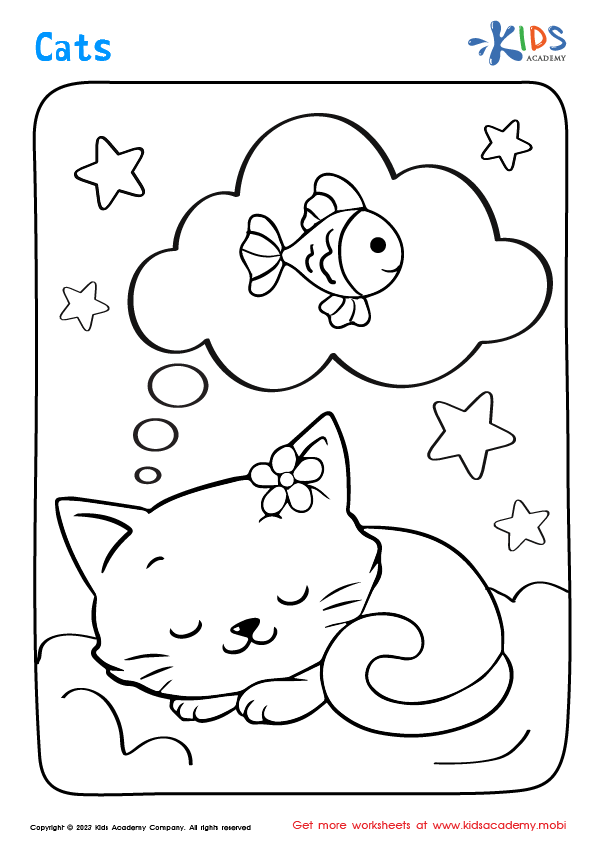Flora and Fauna Coloring Pages - Page 2
32 filtered results
-
From - To


In the Garden – Coloring by Numbers
Flora and Fauna Coloring Pages are not only a fun and engaging activity for children of all ages but also serve as an essential educational tool. These worksheets, suitable for preschoolers all the way up to grade 3 students, provide a valuable learning experience that goes beyond just coloring. Let's explore some of the reasons why these worksheets on Flora and Fauna Coloring Pages are beneficial for young minds.
Firstly, these worksheets introduce children to the fascinating world of flora and fauna. By providing coloring pages for kids featuring various plants and animals, children are exposed to a wide range of species from an early age. This exposure helps expand their knowledge about the biodiversity present on our planet. Whether it's coloring a beautiful flower or a magnificent tiger, these worksheets encourage an appreciation for the natural world, instilling a sense of wonder and curiosity in young learners.
Secondly, Flora and Fauna Coloring Pages help develop fine motor skills in children. The act of coloring requires children to hold and manipulate coloring tools such as crayons or colored pencils. This helps improve their hand-eye coordination and fine-tune their motor skills. As children carefully apply colors within the lines of a picture, they enhance their dexterity and precision, which is crucial for various tasks later in life, such as writing, drawing, and even playing sports.
Furthermore, these worksheets also promote creativity and imagination. While coloring, children have the freedom to choose any colors they desire, allowing them to express their individuality and artistic flair. By encouraging children to think outside the box and experiment with different color combinations, Flora and Fauna Coloring Pages stimulate their imagination and creativity. This creative outlet helps children develop problem-solving abilities and critical thinking skills as they make decisions on how to best bring a picture to life.
In addition to creativity, these worksheets serve as a platform for language development. Teachers and parents can use Flora and Fauna Coloring Pages as an opportunity to engage in conversations about different plants and animals. This opens up avenues for vocabulary expansion, as children learn the names of various species and their characteristics. Discussions can revolve around topics such as habitat, diet, and distinctive features, helping children develop a deeper understanding of the natural world.
Moreover, Flora and Fauna Coloring Pages create opportunities for interdisciplinary learning. Teachers can integrate these worksheets into subjects like science, geography, and even math. For instance, students can be asked to color animals according to their natural habitats or classify plants based on their characteristics.



















